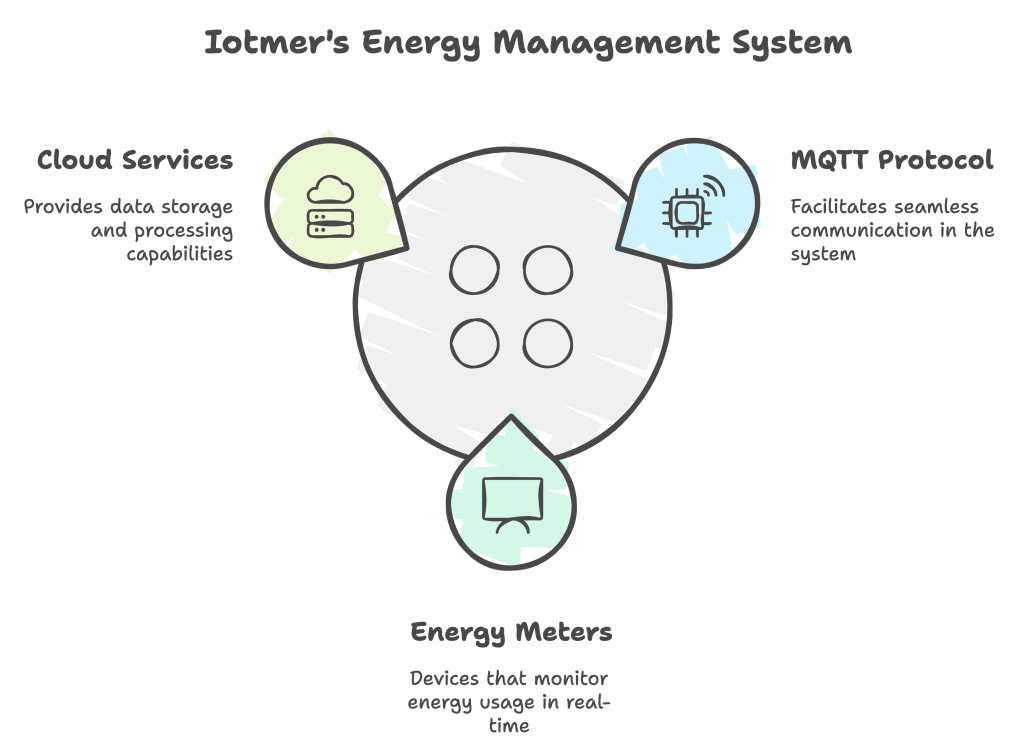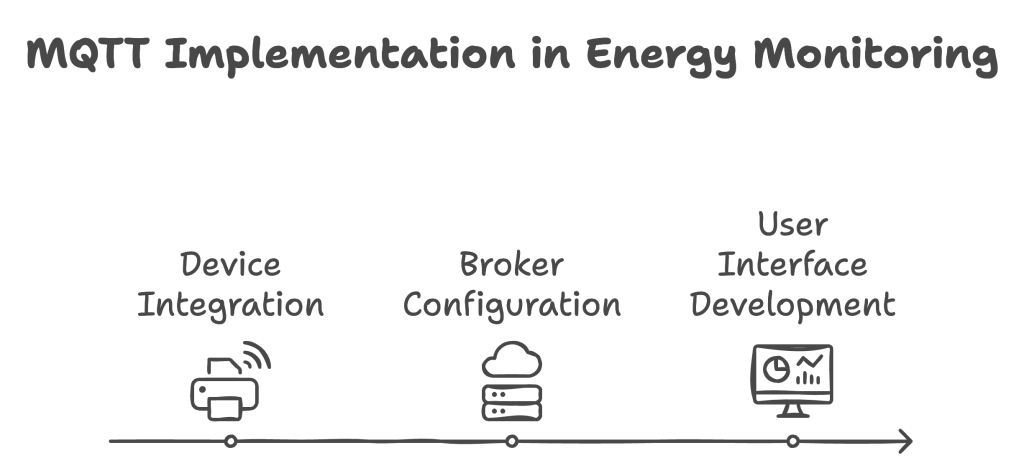Real-World Use Case of MQTT in the Energy Monitoring Sector
In the rapidly evolving energy monitoring sector, the integration of Internet of Things (IoT) technologies has become essential for optimizing energy consumption and enhancing operational efficiency. This document presents a compelling use case of how MQTT (Message Queuing Telemetry Transport) is being utilized by Iotmer, a leading provider of energy monitoring solutions, to revolutionize the way energy data is collected, transmitted, and analyzed.
Introduction
Iotmer has been at the forefront of energy management solutions, providing innovative tools that empower businesses to monitor their energy usage in real-time. By leveraging MQTT, Iotmer has developed a robust platform that enables seamless communication between energy meters, cloud services, and end-users. This case study illustrates the practical application of MQTT in Iotmer’s energy monitoring system and highlights the benefits it brings to both the company and its clients.

The Challenge
Before implementing MQTT, Iotmer faced significant challenges in data transmission and processing. Traditional protocols were often slow and inefficient, leading to delays in data availability and increased operational costs. Additionally, the lack of real-time monitoring capabilities hindered clients’ ability to make informed decisions regarding their energy consumption.
The Solution
To address these challenges, Iotmer adopted MQTT as the backbone of its energy monitoring platform. MQTT’s lightweight and efficient messaging protocol allows for real-time data transmission from energy meters installed at various client locations. The architecture consists of:
-
Energy Meters: Equipped with MQTT clients, these devices collect energy usage data and publish it to the MQTT broker.
-
MQTT Broker: Iotmer utilizes a cloud-based MQTT broker that handles the communication between the energy meters and the cloud application.
-
Cloud Application: The cloud application processes the incoming data, providing users with real-time insights into their energy consumption patterns.
Implementation
The implementation process involved several key steps:
-
Device Integration: Iotmer’s energy meters were integrated with MQTT clients, enabling them to publish data to the broker.
-
Broker Configuration: The cloud-based MQTT broker was configured to handle multiple connections and ensure secure data transmission.
-
User Interface Development: A user-friendly dashboard was developed, allowing clients to visualize their energy consumption in real-time and receive alerts for unusual patterns.
Results
The adoption of MQTT has yielded significant improvements for Iotmer and its clients:
-
Real-Time Monitoring: Clients can now monitor their energy usage in real-time, enabling them to make immediate adjustments to reduce consumption.
-
Reduced Latency: The lightweight nature of MQTT has drastically reduced data transmission latency, ensuring that clients receive timely updates.
-
Scalability: Iotmer’s platform can easily scale to accommodate additional devices and clients without compromising performance.
Conclusion
Iotmer’s successful implementation of MQTT in the energy monitoring sector demonstrates the protocol’s effectiveness in enhancing data communication and operational efficiency. By providing real-time insights and reducing latency, Iotmer has empowered its clients to take control of their energy consumption, ultimately leading to cost savings and improved sustainability. As the energy sector continues to evolve, MQTT will undoubtedly play a crucial role in shaping the future of energy management solutions.

